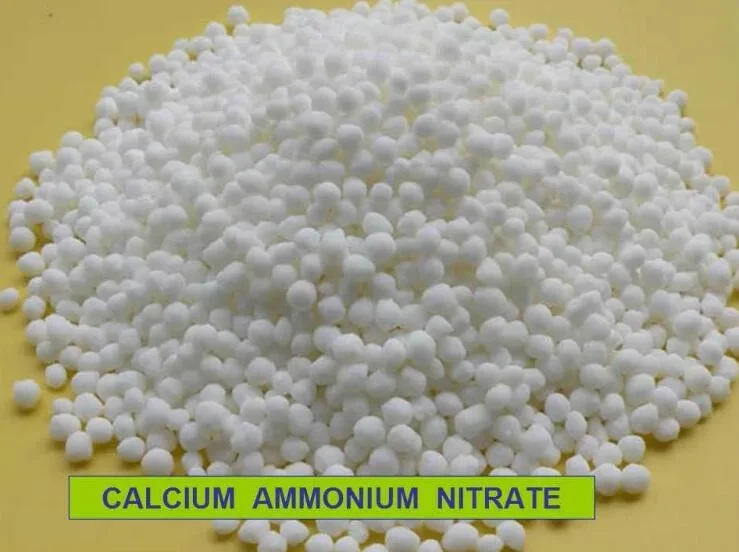



Understanding the Role of Chlorine Dioxide as a Powerful Bleaching Agent
Chlorine Dioxide Not Your Regular Bleach
In the realm of cleaning and disinfection, chlorine dioxide (ClO2) often comes up in discussions, particularly when people mention bleach. Many are familiar with traditional bleach, primarily sodium hypochlorite, which is commonly used in households and industries for its powerful disinfecting properties. However, chlorine dioxide is a different compound that holds unique characteristics and applications, earning its place in the disinfecting landscape.
What is Chlorine Dioxide?
Chlorine dioxide is a yellowish-green gas at room temperature and has a distinct, strong odor. Unlike regular bleach, which is a simple compound, chlorine dioxide is a more complex molecule, consisting of one chlorine atom and two oxygen atoms. This interesting composition allows chlorine dioxide to have both oxidizing and disinfecting properties, making it highly effective in various applications.
When it comes to disinfection, chlorine dioxide is renowned for its ability to kill bacteria, viruses, and fungi. It is more effective in producing broader antimicrobial effects compared to the traditional bleach, making it a valuable tool in both public health and sanitation.
Uses of Chlorine Dioxide
Chlorine dioxide's effectiveness as a disinfectant has led to its use across multiple industries. In water treatment facilities, it is commonly used to purify drinking water. Its effectiveness at lower concentrations means that it does not produce harmful chlorinated byproducts, making it a safer choice for ensuring clean water.
In healthcare settings, chlorine dioxide is utilized to sanitize surfaces and medical equipment, helping to prevent the spread of healthcare-associated infections. Its ability to penetrate biofilms—complex clusters of microorganisms that can be resistant to other disinfectants—gives it an edge in these environments.
Moreover, the food industry has adopted chlorine dioxide for numerous purposes, including washing fruits and vegetables, sanitizing food processing equipment, and extending the shelf life of various perishables. By limiting microbial contamination, chlorine dioxide plays an important role in ensuring food safety.
chlorine dioxide is bleach

Chlorine Dioxide vs. Traditional Bleach
While both chlorine dioxide and traditional bleach function as disinfectants, their mechanisms of action and properties are notably different. Traditional bleach primarily works by releasing chlorine, which disrupts the cellular structures of microorganisms. This can give rise to toxic byproducts and often requires careful handling due to its harsh nature.
In contrast, chlorine dioxide acts as a selective oxidizer. It can target specific components of microbial cells, such as amino acids and nucleic acids, resulting in effective disinfection without producing the same level of harmful byproducts as conventional bleach. This makes chlorine dioxide a more versatile and sometimes safer option, particularly in sensitive environments like hospitals or food processing facilities.
Safety Considerations
While chlorine dioxide has remarkable disinfecting capabilities, it is crucial to handle it with care. In its gaseous form, chlorine dioxide can be hazardous if inhaled or if it comes into contact with skin. Therefore, it is essential to use the compound according to the recommended guidelines and safety protocols, ensuring adequate ventilation and protective equipment.
Interestingly, the debate around the safety of chlorine dioxide also extends to its use in certain unregulated markets. Some individuals have touted it as a miracle cure for various ailments, leading to serious health risks when ingested or improperly used. It is vital to distinguish between its proven applications as a disinfectant and any claims regarding health benefits beyond its designed uses.
Conclusion
Chlorine dioxide is indeed a powerful disinfectant, often confused with traditional bleach due to its chlorine content. However, its unique properties set it apart, providing broader antimicrobial effectiveness and a reduced risk of harmful byproducts. From water treatment facilities to healthcare and the food industry, chlorine dioxide proves itself as an essential player in the fight against harmful microorganisms. As with any chemical agent, understanding its proper use and safety precautions is vital to harnessing its full potential while minimizing risks. Whether used for sanitation or disinfection, chlorine dioxide exemplifies the strides made in chemical engineering to create safer, more effective cleaning solutions.
-
Why Sodium Persulfate Is Everywhere NowNewsJul.07,2025
-
Why Polyacrylamide Is in High DemandNewsJul.07,2025
-
Understanding Paint Chemicals and Their ApplicationsNewsJul.07,2025
-
Smart Use Of Mining ChemicalsNewsJul.07,2025
-
Practical Uses of Potassium MonopersulfateNewsJul.07,2025
-
Agrochemicals In Real FarmingNewsJul.07,2025
-
Sodium Chlorite Hot UsesNewsJul.01,2025










